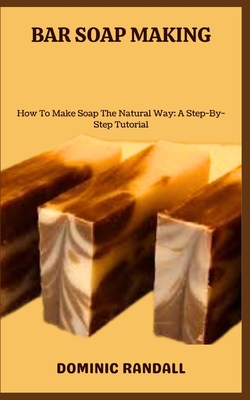You are here
Back to topBar Soap Making: How To Make Soap The Natural Way: A Step-By-Step Tutorial (Paperback)
$10.59
Email or call for price
Email or call for price
Description
Bar soap has been around for a very long time. Soap was first produced in ancient Babylon approximately 2800 BCE. Soap was made by combining animal fats with ashes, according to inscriptions found on Babylonian clay tablets.
The ancient Egyptians mixed a mixture of vegetable and animal oils with alkaline salts to form a soap-like substance, therefore they too had knowledge of soap producing procedures. The Egyptians used soap for everything from cleaning and laundry to personal hygiene and bathing.
Soap's ability to clean was appreciated by the ancient Greeks and Romans, too. Soap was prepared by adding ashes to a pot of boiling animal fats. Soap was an integral part of the Romans' regular hygiene routine.
Soap manufacturing exploded in Europe during the Middle Ages. Animal fats and potash (potassium hydroxide) from wood ashes were the main ingredients in traditional soapmaking. Soap was created by combining lipids with a potash solution and boiling the mixture.
Today's conventional bar soap is a mixture of a fatty acid like coconut oil or olive oil with an alkaline one like sodium hydroxide or potassium hydroxide.
Soap molecules are formed when lipids and alkali react, a process known as saponification. Soap bars are made by pouring the finished mixture into moulds and letting it set.
Different types of soap, fragrances, and additives have been developed over the years for use in bar soap. However, the fact that it was originally developed to clean the skin hasn't altered.
